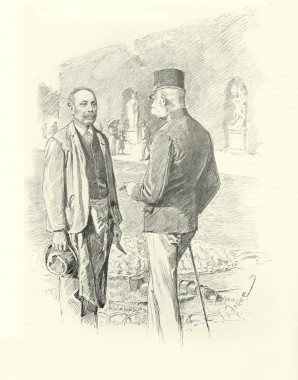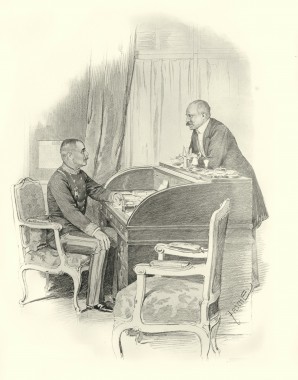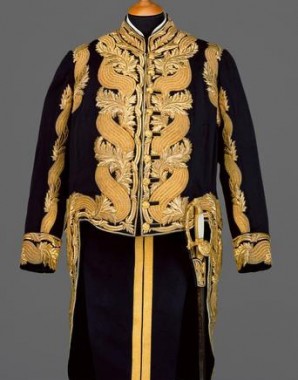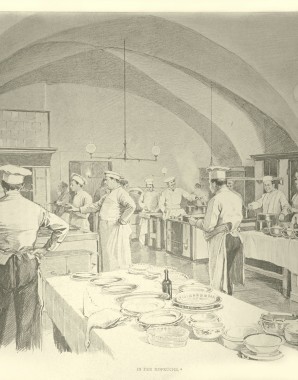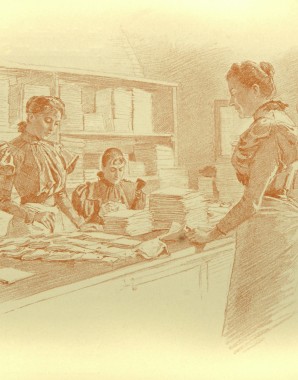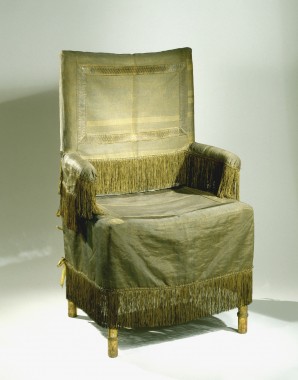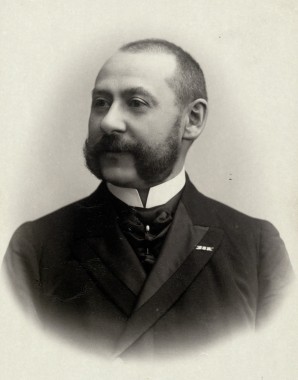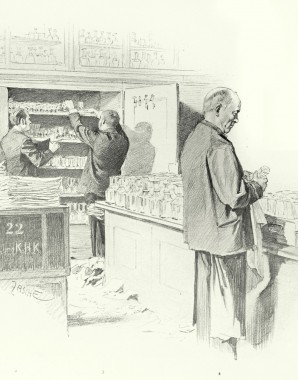Downstairs and Upstairs
Working for Habsburg & Co.
‘Leading service provider with 600 years of experience and illustrious client base seeks new team recruit. Do you have an appreciation of strict hierarchies and an ability to accept a subordinate role? Do you have reasonable stamina, and does tradition mean everything to you? Then please apply with full personal details to k. u. k. Obersthofmeisteramt, Hofburg, Vienna I.’
This fictitious job announcement for a post at the Court outlines the requirement profile which staff needed to meet in the house of Habsburg.
At the time of Emperor Franz Joseph, the imperial Court comprised over 2,000 employees and thus constituted the biggest commercial complex and source of employment in nineteenth-century Vienna. The huge machinery was a logistically sophisticated system which needed to ensure not only the provision of food and accommodation to the monarch and higher ranks of the nobility, but also the employees of the imperial Court and their families.
The Viennese Court formed a kind of ‘city within a city’, the inhabitants of which formed their own close community – with its own rules and customs.

